Disclosure: This article contains affiliate links. We may earn a commission from purchases at no extra cost to you, which helps our travel content.
The first time I approached Copenhagen's transportation system, I felt the same analytical thrill I used to get when tackling a particularly elegant municipal budget. There's something beautifully efficient about how this Danish capital moves its people—a system built on simplicity, sustainability, and practicality. After three decades of analyzing numbers for Riverside's city planning, I've developed an eye for systems that work. Copenhagen's does. Having navigated everywhere from Route 66 to remote Japanese fishing villages, I can confidently say that Copenhagen offers one of the most accessible transportation networks I've encountered. Whether you're a seasoned traveler or making your first international journey (as I did at 52), this compact city offers a refreshing alternative to rental cars and expensive taxis. So grab your daypack—we're going to explore Copenhagen like the locals do: on two wheels, by boat, and via a public transit system so punctual it would make my former accounting colleagues weep with joy.
The Copenhagen Card: Your Financial Lifejacket
My budget analyst background compels me to start with the most cost-effective foundation for your Copenhagen adventure: the Copenhagen Card. I've crunched the numbers on city passes across three continents, and this one delivers exceptional value.
The Copenhagen Card covers unlimited public transportation (including to/from the airport) plus admission to 80+ attractions. Available in 24, 48, 72, 96, or 120-hour increments, it essentially functions as an all-access pass to the city.
A 72-hour card costs approximately 659 DKK (~$96 USD). When I mapped out a modest itinerary including the Round Tower, National Museum, Tivoli Gardens, and a canal tour, plus daily transit use, the card saved me nearly 40% compared to paying separately.
The digital version works perfectly on your smartphone, but I prefer the physical card as a backup. You can purchase it online before arrival or at the airport tourist information center. Simply activate it when you're ready to start exploring—the countdown begins with first use, not purchase date.
The card's real value isn't just financial—it's psychological. That feeling of walking past ticket queues at attractions or hopping on any bus without fumbling for change? That's the freedom that transforms you from tourist to temporary local. And for those who appreciate a detailed ledger like I do, the companion app tracks your savings in real-time.
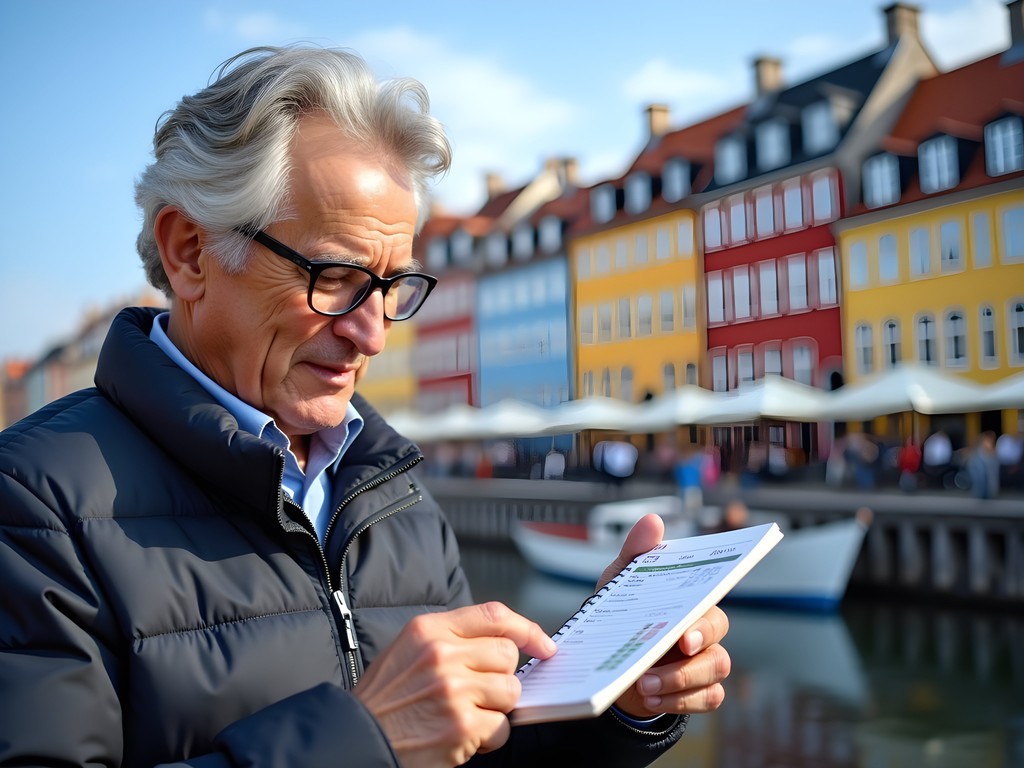
💡 Pro Tips
- Purchase the Copenhagen Card for the exact duration of your stay—even one day without it significantly reduces its value proposition
- Download the Copenhagen Card app before arrival to plan your itinerary around covered attractions
- Activate your card in the morning to maximize full-day usage rather than starting in the afternoon
Two Wheels, Infinite Freedom: Mastering Copenhagen's Bike Culture
If Copenhagen were an ocean—and given its maritime history, the metaphor feels apt—then bicycles would be its primary current, carrying locals and visitors alike through the city's arteries with remarkable efficiency. After spending decades driving California highways, switching to two wheels in Copenhagen was nothing short of revelatory.
The city's infrastructure is built around cycling, with over 350km of dedicated bike lanes, many physically separated from car traffic. This isn't recreational cycling; it's serious transportation embraced by business executives and grandmothers alike. During my week-long stay, I observed more suits on bicycles than I'd seen in 30 years at City Hall.
Renting a bike is straightforward and economical. For short trips, the Bycyklen city bikes (electric-assisted) cost 20 DKK per hour, while traditional bike shops offer daily rentals from 90-120 DKK. I opted for a week-long rental from Copenhagen Bicycles near Nyhavn at 350 DKK—considerably cheaper than public transit would have been.
Before mounting up, invest in a proper bike lock. While Copenhagen is safe, bike theft exists, and rental insurance rarely covers inadequately secured bicycles. I brought my own compact lock from Japan, but you can purchase one locally or sometimes rent one with your bike.
The learning curve for cycling in Copenhagen comes not from difficulty but from adapting to their structured system. Danes follow cycling rules religiously: stay right except when passing, use hand signals for turns, and respect the dedicated traffic lights for bicycles. After navigating Japanese fishing villages on two wheels, Copenhagen's well-marked lanes felt like luxury cruising.

💡 Pro Tips
- Always lock your bike to a fixed object, even for quick stops—Copenhagen's bike theft is opportunistic
- Download the Cycling Map of Copenhagen app for navigation specifically designed for bike routes
- Observe locals at intersections to learn proper signaling and etiquette before attempting busy junctions
Public Transit: The Danish Precision Experience
Having analyzed municipal transportation budgets for three decades, I approach public transit systems with a particularly critical eye. Copenhagen's network—comprising metro, S-trains, regional trains, buses, and harbor buses—is a masterclass in integrated design.
The Metro runs 24/7 with trains arriving every 2-4 minutes during peak hours and every 15-20 minutes overnight. The driverless system feels futuristic compared to my hometown Riverside's limited bus network, and the stations themselves are architectural marvels of minimalist Danish design.
For orientation, I recommend downloading the DOT Mobilbilletter app (for tickets) and Rejseplanen app (for journey planning). While the Copenhagen Card covers all your transit needs, understanding the zone system helps you navigate more efficiently. The city center falls primarily within zones 1-2, with the airport in zone 4.
The harbor buses (water buses) deserve special mention for budget travelers. Routes 991 and 992 are included with regular transit tickets and the Copenhagen Card but offer views comparable to expensive canal tours. I spent one afternoon riding the entire harbor bus route, disembarking occasionally to explore waterfront neighborhoods like Islands Brygge and Refshaleøen.
For late-night adventures exploring Copenhagen's speakeasy scene (a particular passion of mine), the night buses (marked with an 'N') run from 1:00 AM to 5:00 AM. After discovering a hidden cocktail bar in the Meatpacking District, I caught the N12 back to my accommodation without issue—something I've found challenging in other European capitals.
Preparing for longer transit journeys, I always carry my collapsible water bottle and a power bank to keep my navigation apps running. Copenhagen's tap water is excellent, and refill stations are available at most transit hubs.
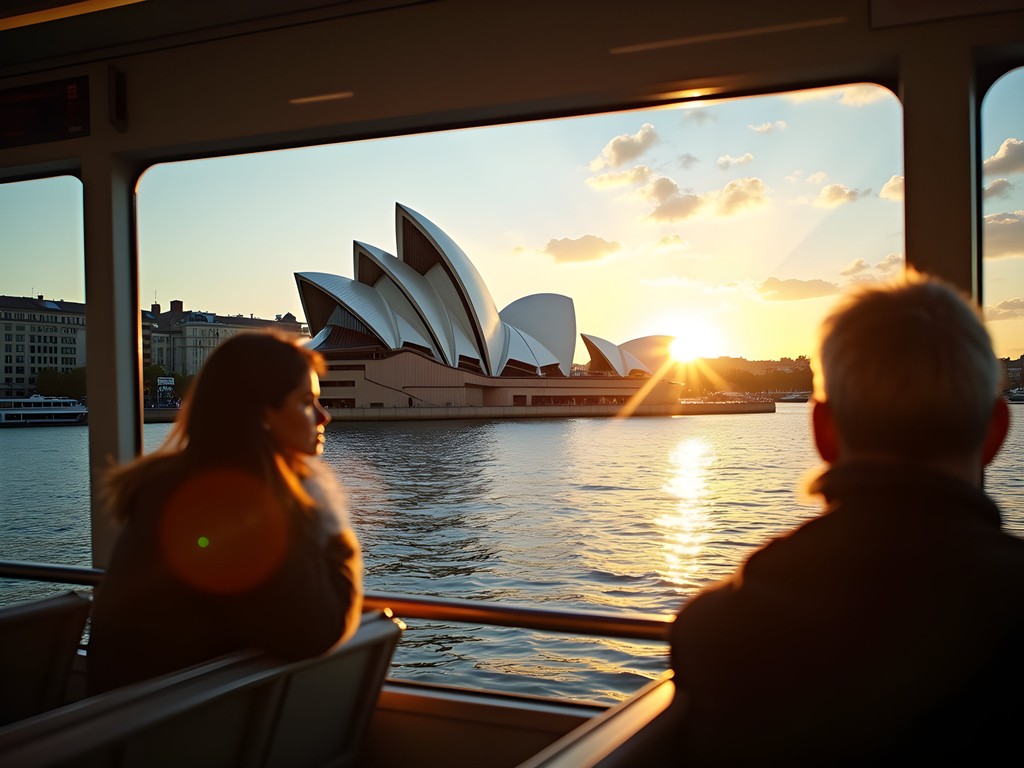
💡 Pro Tips
- Validate your ticket before boarding trains—random checks carry hefty fines regardless of tourist status
- Metro stations offer excellent free WiFi for updating your journey plans on the go
- Harbor buses 991/992 follow different schedules on weekdays versus weekends—check before planning around them
Walking Copenhagen: The Budget Analyst's Preferred Mode
After years of analyzing cost-benefit ratios, I can definitively state that walking offers the highest return on investment for experiencing Copenhagen. The city center is remarkably compact—most major attractions lie within a 30-minute walk of each other—and the pedestrian infrastructure is exemplary.
Strøget, one of Europe's longest pedestrian shopping streets, forms the spine of Copenhagen's walkable core. From Rådhuspladsen (City Hall Square) to Kongens Nytorv, this car-free corridor provides an orientation line from which to explore the surrounding neighborhoods. During my week in Copenhagen, I logged over 90,000 steps without ever feeling overwhelmed by distance.
For longer walking journeys, I relied on my trusty hiking shoes that have carried me from Japanese mountain temples to California coastal trails. Copenhagen's predominantly flat terrain is forgiving, but the occasional cobblestone streets demand supportive footwear.
The city's safety makes night walking viable year-round, though winter visitors should note the limited daylight hours (roughly 7 hours in December). Summer compensates with nearly 18 hours of daylight, perfect for evening strolls along the harbor or through the luminous Tivoli Gardens.
Walking also reveals Copenhagen's hidden speakeasies—another passion of mine. Following unmarked doors near Kødbyen (the Meatpacking District) led me to Lidkoeb, a three-story cocktail haven housed in a former pharmaceutical laboratory. These discoveries simply don't happen from a bus window or bicycle seat.
For rainy days, Copenhagen's pedestrian tunnels and covered passages offer sheltered routes through portions of the city. The passage through Pavillonen near Nyhavn provides a particularly atmospheric shortcut that most tourists miss entirely.
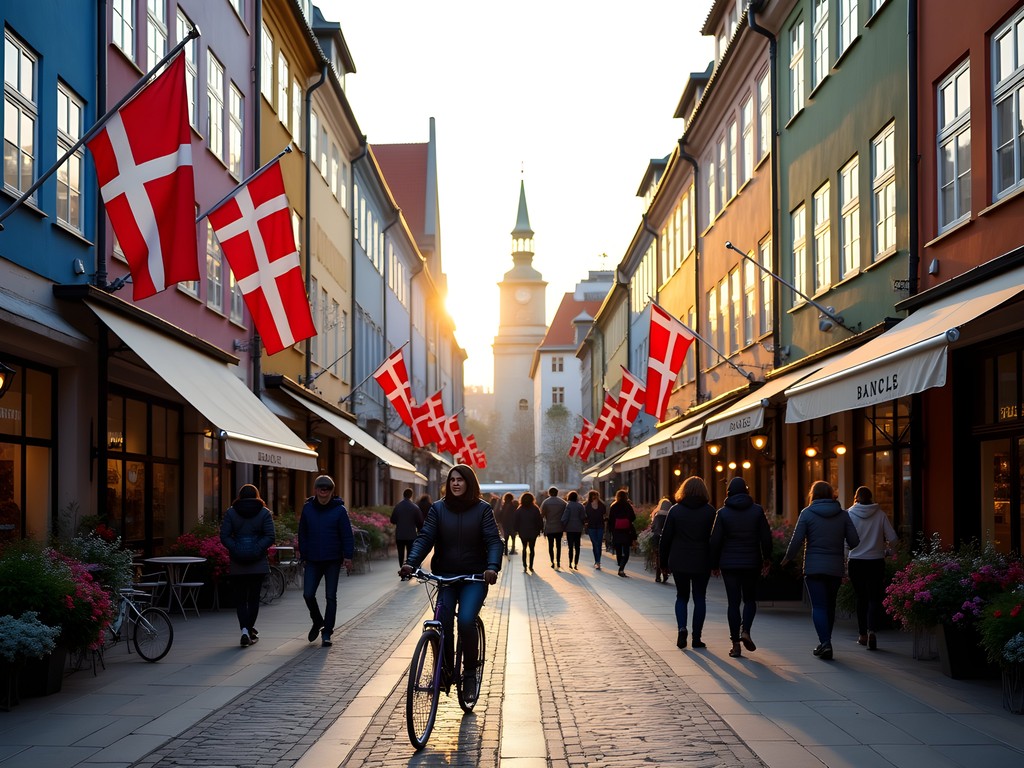
💡 Pro Tips
- Copenhagen's pedestrian crossing signals are strictly observed by locals—wait for the green even when no cars are coming
- Download the offline map function in Google Maps to save data while walking
- Look for the small brass plaques embedded in sidewalks that highlight historical sites often missed by tour groups
Copenhagen Airport: A Model of Scandinavian Efficiency
Having navigated airports from Tokyo's labyrinthine Narita to LAX's perpetual chaos, Copenhagen Airport (CPH) stands out as a remarkably efficient entry point. Located just 8km from the city center, it exemplifies the Danish approach to transportation: logical, accessible, and surprisingly pleasant.
The Metro connection from Terminal 3 to the city center takes exactly 13 minutes, running every 4-6 minutes during daytime hours. At 36 DKK (approximately $5.25 USD), it's significantly cheaper than airport transit in most European capitals. If your Copenhagen Card is already activated, this ride is included.
For early morning departures, the Metro begins operation at 4:40 AM on weekdays, 5:40 AM on Saturdays, and 5:50 AM on Sundays—a schedule I confirmed when booking my 7:30 AM flight to Helsinki. Regional trains also connect the airport to Copenhagen Central Station (København H) with similar frequency and pricing.
Inside the terminal, the Scandinavian aesthetic prevails with wooden floors, abundant natural light, and intuitive wayfinding. Security wait times rarely exceed 15 minutes, though I still recommend arriving the standard two hours before international flights.
For those with early departures or late arrivals, consider the neck pillow that's accompanied me through countless transit hubs. Copenhagen Airport offers comfortable seating areas, but this simple accessory transforms a standard airport chair into a reasonable place to catch a few hours' rest.
One budget-friendly airport tip: fill your water bottle after security at the drinking fountains near the restrooms. Copenhagen Airport's bottled water prices reflect the Scandinavian cost of living (approximately 30 DKK or $4.40 USD), while the tap water is excellent and free.

💡 Pro Tips
- Purchase Metro tickets from the clearly marked red machines in Terminal 3 arrivals area—they accept international credit cards and provide English instructions
- The airport WiFi is excellent and unlimited—download any needed maps or apps before heading into the city
- For tax-free shopping refunds, the customs office is located at the far end of Terminal 3, allow at least 30 minutes before your flight
Final Thoughts
As I boarded my departing flight from Copenhagen, my budget analyst's mind was already calculating the value received from this transportation system—not just in Danish kroner saved, but in experiences gained. Copenhagen proves that efficient mobility isn't about luxury; it's about thoughtful design that serves everyone. Whether you're cycling alongside business executives in suits, catching harbor reflections from a water bus, or simply walking the medieval streets, Copenhagen offers a transportation masterclass that cities worldwide should study. The Danish capital taught this 62-year-old American that there's profound freedom in leaving the rental car behind. Like the ocean currents I've studied in marine reserves across Southeast Asia, Copenhagen's transportation flows naturally, carrying you effortlessly through a city that respects both its past and its future. Your journey awaits—just remember to signal before you turn.
✨ Key Takeaways
- The Copenhagen Card delivers exceptional value for most visitors, covering all public transportation and major attractions
- Biking is the most authentic way to experience Copenhagen, with dedicated infrastructure making it accessible even for beginners
- Harbor buses offer the same views as expensive canal tours but are included with regular transit tickets
- Copenhagen's compact center makes walking viable for most sightseeing, saving money while revealing hidden gems
📋 Practical Information
Best Time to Visit
year-round, though May-September offers ideal biking weather
Budget Estimate
$70-100 per day excluding accommodation
Recommended Duration
3-5 days
Difficulty Level
Easy

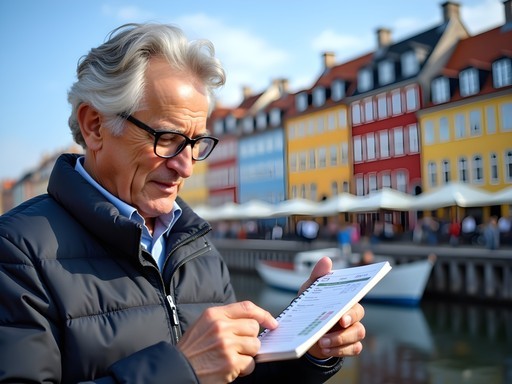
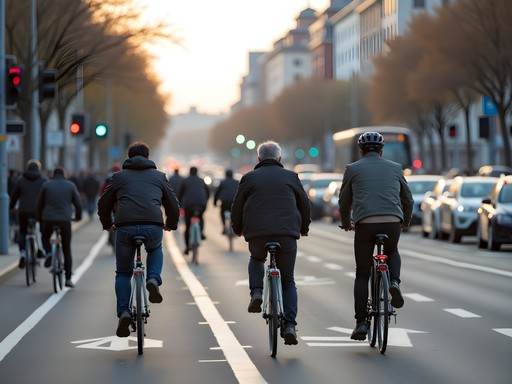
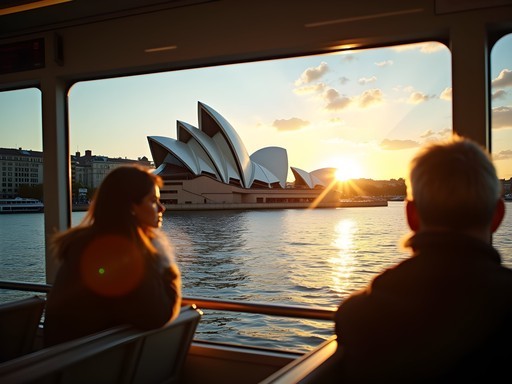
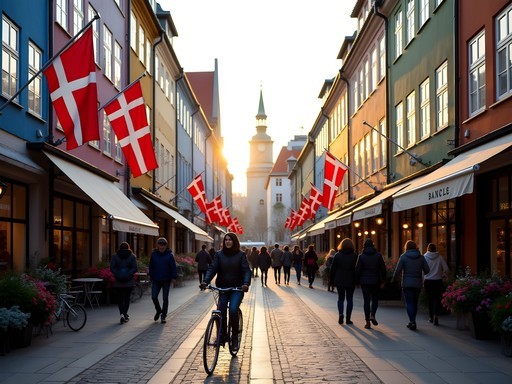
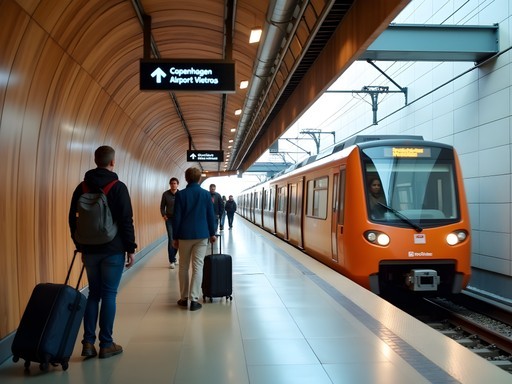



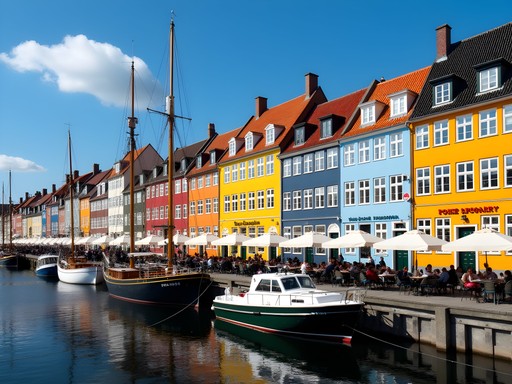


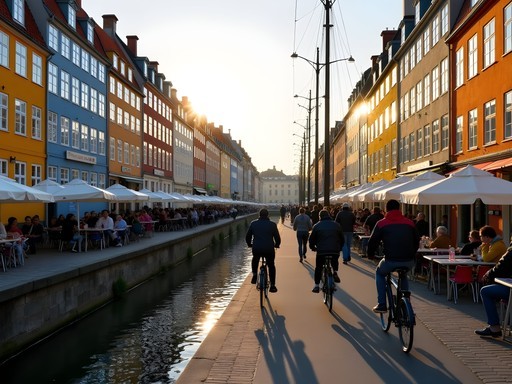


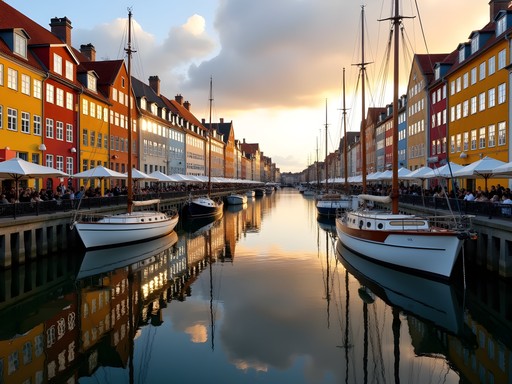
Comments
Nicole Russell
John, this is such a practical guide! I visited Copenhagen last summer and completely agree about the bike culture - it's truly the best way to experience the city. One thing I'd add for fellow solo travelers: the city feels incredibly safe at all hours, even when using public transit late at night. I stayed in Nørrebro and would often take the bus back after midnight with zero concerns. For anyone planning a visit, I found that having a good waterproof jacket was essential - I used my packable rain jacket almost daily since Copenhagen weather can change in minutes. Also, don't miss taking the harbor bus (route 991/992) - it's included with the Copenhagen Card and offers amazing views of the city from the water!
exploremood8628
Thanks for mentioning the harbor bus! I hadn't heard about that and it sounds like a great way to see the city. Adding it to my list!
exploremood8628
Going to Copenhagen next month! Is the Copenhagen Card worth it if I'm only there for 2 days? And is it easy to figure out the buses from the airport?
smartlife
For just 2 days, it depends on how many attractions you plan to visit! The airport has a metro station right in the terminal - super easy to get into the city center in about 15 minutes.
exploremood8628
Thanks! I'll probably hit 3-4 major attractions per day. Sounds like the card might be worth it then!
smartlife
Just got back from Copenhagen last month and your post is spot on! The bike lanes were intimidating at first (those locals move FAST), but by day 3 I was cruising around like I'd lived there for years. The Copenhagen Card was absolutely worth it for us - we calculated that we saved about €75 over four days between transportation and attractions. One tip I'd add: download the DOT Mobilbilletter app before you go if you're not getting the Copenhagen Card. Made buying individual tickets so much easier!
Nicole Russell
How was the bike rental process? I'm planning a solo trip in October and debating between relying on public transit vs. biking. Were the bike lanes easy to navigate for a newbie?
smartlife
@Nicole Russell Super easy! We used Donkey Republic (their app is great) and there are pickup/dropoff spots all over the city. The bike lanes are WIDE and clearly marked. Just remember to signal your turns and you'll be fine. As a solo traveler, biking will give you so much more freedom!
Douglas Bradley
John, your analytical approach to Copenhagen's transit system resonates with me. I spent three weeks there last year conducting research for my cultural immersion series. One observation I'd add: the integration between transit modes is what makes Copenhagen truly special. The seamless transfers between trains, buses, and bikes create a system that's greater than the sum of its parts. For anyone planning a visit, I'd recommend staying in Vesterbro or Nørrebro neighborhoods - both offer excellent transit connections while giving you a more local experience than the city center. The S-trains extend quite far into the suburbs too, making day trips remarkably accessible. Excellent breakdown of the Copenhagen Card value proposition, by the way. Your municipal budget background shines through in the best possible way!
adventurelife
This is super helpful! I'm visiting in October - is it still worth biking then or should I stick to public transit because of weather? Also, did you have any issues with bike theft?
John Hart
October can be hit or miss with weather, but locals bike year-round! Just pack layers and rain gear. As for theft, I used bike lock and had zero issues. Most rental bikes come with decent locks too.
exploreninja
Wow, Copenhagen sounds so bike-friendly! Can't wait to visit next summer!
hikingone674
It's bike heaven! Just make sure to learn the hand signals before you go - locals take bike etiquette seriously!
hikingone674
Just got back from Copenhagen last month and can confirm everything in this post! The bike lanes are incredible - so organized compared to back home. One tip I'd add: download the DOT Mobilbilletter app before you go. It makes buying individual transit tickets super easy when you're not using the Copenhagen Card. Also, the harbor buses (water buses) were my favorite way to see the city from a different perspective!
oceanguide
Great post! How many days would you recommend for the Copenhagen Card if staying for a week? Is the 72-hour one enough or should I go for the 5-day option?
John Hart
For a week stay, I'd recommend the 72-hour card and plan your major attractions within those days. Then use pay-as-you-go for the remaining time - more cost-effective that way!
oceanguide
Perfect, thanks for the advice! Will definitely plan accordingly.
Sofia Franklin
John, your budget analyst approach to Copenhagen's transportation is spot on! As a fellow budget traveler, I tracked every kroner during my visit last spring. Walking was definitely my primary mode - logged an average of 22,000 steps daily! For anyone going: I found the 72-hour Copenhagen Card to be the sweet spot for value. Did the math and it saved me 340 DKK compared to individual tickets, even with my walking preference. One budget hack I discovered: many hostels offer free bike rentals or partner with local shops for discounts. Worth asking about before booking those city bike rentals! The harbor bus (Route 991/992) is also criminally underrated - it's included with regular tickets but gives you million-dollar views of the waterfront.
skyexplorer
I was in Copenhagen in September and rented a bike for my entire stay. Best decision ever! Found this cute local bike shop in Nørrebro that rented me a perfect city bike with a basket for much cheaper than the touristy places. Used my foldable water bottle which fit perfectly in the basket and kept me hydrated while exploring. One tip: learn the hand signals before you go - Danish cyclists are serious about using them and expect you to as well!
Venture X
Premium card with 2X miles, $300 travel credit, Priority Pass